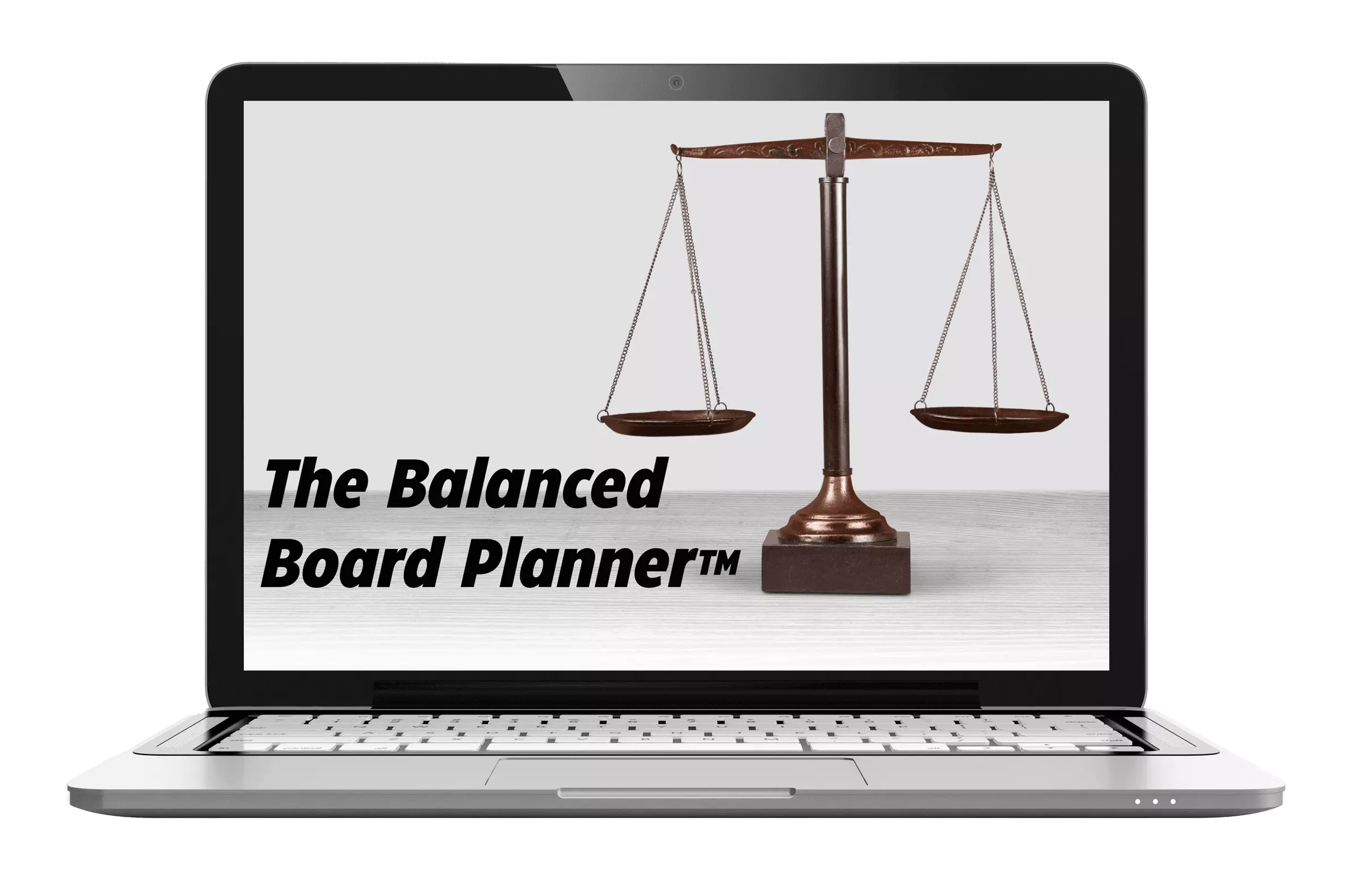I want to tell you a story about an organization I was on the board of, and how we created a board succession planning policy at the organization. Back in 2008, when this occurred, board succession planning was not talked about at all. However, we noticed that there was a bit of graying on the board. So, we knew that we should start planning for turnover.
The process of coming up with a board succession plan was not easy. However, the policy that was created was extremely successful and is still being used by the organization today! I want to tell you about that policy and why I feel like this is a true success story.
The Story about Board Succession Planning
When the issue of board succession planning arose at this organization, I was the chair of the board development committee. So, we decided to take on the task of creating the policy. The first policy that the committee agreed on after several meetings was to grandfather all current board members in and then implement age and term limits: five three year terms or age 75 as the limits on the board. At the time, the board didn’t have any age or term limits, so this would be a big change. However, this change would help in the board succession planning process.
The idea was completely rejected when we presented the policy to the full board. They felt that age and term limits weren’t the solution. So, we took the policy back to the committee and got to work on something new.
I, as the committee chair, decided to meet with each of the non-committee board members to see what their objections were and how we could change the policy. With their input, I realized that what we were missing was anticipating when people were going to leave the board. We had already figured out what competencies we wanted on the board – we had been doing that for years. However, we had no idea when people were planning to leave the board.
With this in mind, I came up with an idea to solve that issue and proposed it to the committee. The new policy was that all board members would need to anticipate when they would leave the board so that we can plan for turnover and any competency gaps that may occur. The committee agreed on the policy and we brought it to the full board.
When I presented the policy to the board, I said “let’s try this and see if there are going to be any issues in the near future.” Everyone agreed, and people began to anticipate when they were going to leave the board.
The Results of the Board Succession Planning Policy
What we found was that six individuals were planning to leave the board within a four year period. Unfortunately, we only had about two years before that four year period was going to start. Plus, after that, there would still be one person leaving the board every year for a few years. That is a lot of turnover with very little time to prepare! When the board realized how much turnover would be occurring in the near future, they saw how important it was to do board succession planning.
If we look at the organization ten years later, the board’s average age is down to 55 and the average tenure is around 10-11 years. So, those benchmarks did decrease even though that wasn’t our ultimate goal. Our overall goal was to have a process to anticipate when turnover was going to occur. That way we could have new board members with the needed skills ready to go when a director position opened.
Why is This a Success Story?
- The board was able to see when all of the turnover was going to happen and then prepare for that. We were able to ask for flexibility in people’s departure years so that we didn’t have more than one person leaving the board per year.
- The board knew which competencies they needed to look for. As board members left the board, we were checking for competency gaps. Then we could ensure that new board members had those required competencies.
- The committee took on the task of creating the board succession policy. This way it wasn’t the full board trying to develop this policy or just one board member trying to find a solution.
- The board created associate director positions. Associate directors are people who would potentially like to be on the board in the future. So you, as a board, are trying them out and they are trying out the position. They are not voting board members, but they go through the same vetting process as a normal board member and they attend all of the board meetings. This way they get to learn about the board and the decisions they need to make, so that when they step into an actual position on the board it is easier for them.
- The board also created an emeritus director program. An emeritus director is someone who has retired from the board of directors, but holds the title of emeritus director. There are many ways to create an emeritus director program, but at our organization it was an honor. To be an emeritus director, a board member had to serve on the board for at least 10 years, be on the executive committee, and be nominated by three board members. To make older board members and people who had been on the board for a long time comfortable when leaving the board, we created the emeritus director program.
Overall, I truly do feel like this policy was successful. The organization continues to use this process over the years very successfully! Want to learn more about the steps to creating a board succession plan? Check out The Seven Steps to Board Succession Planning!

Download The Balanced Board Planner™
Make Sure your Board is Ready!
Download our comprehensive guide to board succession planning. This planner outlines examples of board turnover issues, explains the board contribution curve, and provides a checklist to ensure your board is always balanced.


